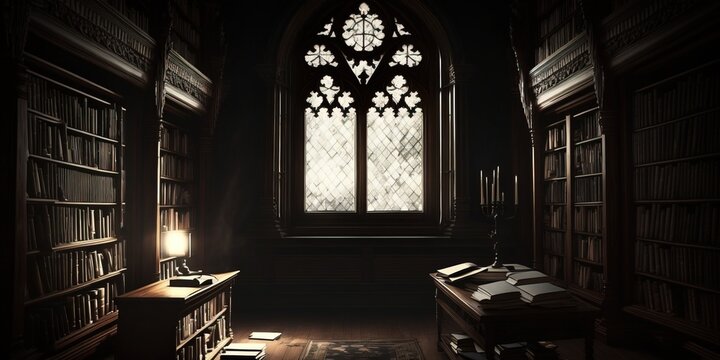
FAQ About Gothic Literature
Gothic Literature
2 years ago | gizem
What are some key symbols in Gothic Literature?
Gothic Literature often employs a rich array of symbols and imagery to convey its themes, create atmosphere, and add depth to its narratives. Here are some key symbols commonly found in Gothic literature:
- Gothic Architecture: The architectural features of castles, mansions, and ancient buildings are significant symbols in Gothic literature. These structures, with their dark, labyrinthine corridors, hidden chambers, and imposing facades, often symbolize decay, isolation, and the haunting past.
- The Castle or Mansion: These settings are central symbols in many Gothic stories. They represent the unknown, the mysterious, and the uncanny. They often house secrets, ghosts, or supernatural phenomena.
- The Ruined or Decaying Building: Ruined or decaying buildings, such as abandoned monasteries or dilapidated estates, symbolize the passage of time, moral decay, and the transitory nature of human existence.
- The Moon and Night: The moon, with its eerie and otherworldly glow, often features prominently in Gothic literature. Nighttime settings create an atmosphere of mystery and foreboding.
- The Storm and Bad Weather: Thunderstorms, heavy rain, and inclement weather are frequent symbols in Gothic tales. They mirror the inner turmoil of characters and contribute to the mood of the story.
- The Mirror: Mirrors are used symbolically to represent self-reflection and the duality of human nature. They often reveal hidden aspects of characters, both physically and psychologically.
- The Window: Windows in Gothic literature can symbolize the boundary between the inner and outer worlds, between reality and the supernatural. They are often sites of revelation or danger.
- The Locked Room or Chamber: Locked rooms or chambers symbolize hidden secrets, repressed memories, or forbidden knowledge. They are often places of dread and discovery.
- The Crossroads: Crossroads represent choices and moral dilemmas. Characters often face pivotal decisions at crossroads, reflecting the moral and ethical themes of the story.
- The Labyrinth or Maze: Labyrinths and mazes are symbols of psychological complexity and the inner journey of characters. Navigating these structures mirrors the characters' quest for self-discovery.
- The Mirror Image or Doppelgänger: The appearance of a character's double or identical twin symbolizes duality, identity, and the dark side of human nature. It often suggests a psychological or moral conflict.
- The Tomb or Coffin: Tombs and coffins are symbols of death, mortality, and the fear of the afterlife. They often foreshadow or represent impending doom.
- The Portrait or Painting: Portraits and paintings can symbolize the preservation of memory, the passage of time, and the corruption of the soul. They often change or deteriorate as the narrative unfolds.
- The Bloodstain or Red Symbolism: Bloodstains and the color red symbolize violence, passion, and the consequences of sin. They are often associated with themes of guilt and revenge.
- The Black Veil or Mask: Black veils and masks represent concealment, secrets, and hidden identities. They often mask the true nature of characters or events.
